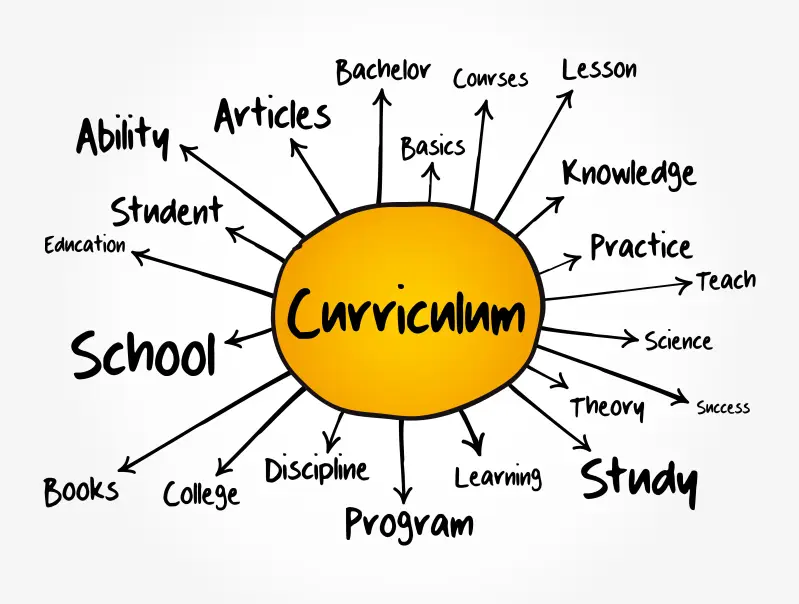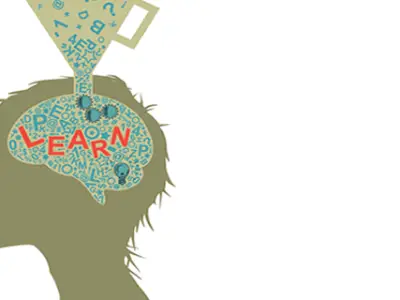Welcome to Curriculum 21st Century
In a world that is rapidly evolving, thinking across the curriculum is more than an educational approach—it is a mindset for lifelong learning. This website explores how critical, creative, and global thinking intersect to empower students to become reflective, innovative problem-solvers. Inspired by the ideas of Sir Ken Robinson and grounded in thinking-based pedagogy, the goal is to reimagine learning as a creative, collaborative, and globally aware experience.
In today’s rapidly evolving world, thinking across the curriculum is more than an educational buzzword—it’s a critical approach that equips students with the skills they need to navigate complex, real-world problems. By integrating multiple modes of thinking, from creativity and critical reasoning to global awareness, educators can design learning experiences that foster curiosity, collaboration, and lifelong learning.


“The heart of creativity is to imagine the possibilities and to transform ideas into reality.” — Sir Ken Robinson
In today’s fast-changing world, education must go beyond teaching facts — it must teach students how to think. Thinking Across the Curriculum is an approach that integrates creativity, critical inquiry, and global understanding across all subject areas. It encourages students to connect ideas, explore diverse perspectives, and develop the habits of mind that prepare them to thrive in complex, interconnected societies.
“If we teach today’s students as we taught yesterday’s, we rob them of tomorrow.” — John Dewey
Digital literacy has become a fundamental skill in 21st-century learning. Designing a website on Thinking Across the Curriculum is not just a technological exercise — it’s a creative expression of knowledge. Web design empowers learners to merge design, research, and reflection while developing essential skills such as communication, collaboration, critical thinking, and creativity.
“The ultimate goal of education is not the accumulation of information, but the transformation of the mind.” — Howard Gardner
Integrating 21st and multimedia
By combining these frameworks, educators can design developmentally appropriate, authentic learning experiences that foster 21st-century skills:
- Critical thinking and creativity: Encouraging curiosity, problem-solving, and innovation.
- Collaboration and communication: Promoting teamwork and the ability to articulate ideas effectively.
- Digital literacy and citizenship: Using technology responsibly to create, share, and evaluate information.
- Reflective practice: Transforming learners into self-regulated thinkers who assess their own progress and adjust strategies for success.
Using Multimedia and Technology Thoughtfully
A professional website or digital platform allows learners to showcase these skills dynamically. Integrating visuals, videos, interactive elements, and other multimedia enhances engagement and accessibility while modeling effective digital communication. When students design and curate content thoughtfully, they not only demonstrate mastery of subject matter but also strengthen essential digital and cognitive skills.
Conclusion
Thinking across the curriculum is not just an instructional strategy—it is a mindset that prepares students for the complexities of the 21st century. By combining critical and creative thinking, thinking-based learning, multidisciplinary inquiry, design thinking, and global perspectives, educators can cultivate learners who are curious, reflective, collaborative, and empowered to make meaningful contributions to the world.
